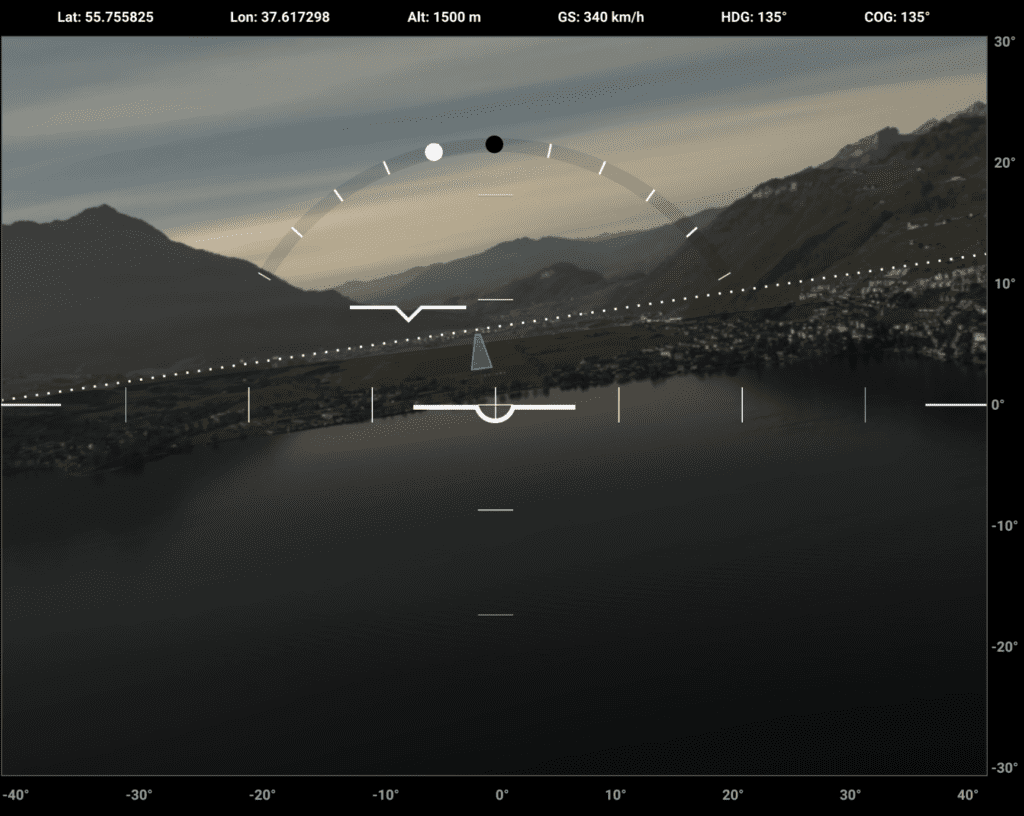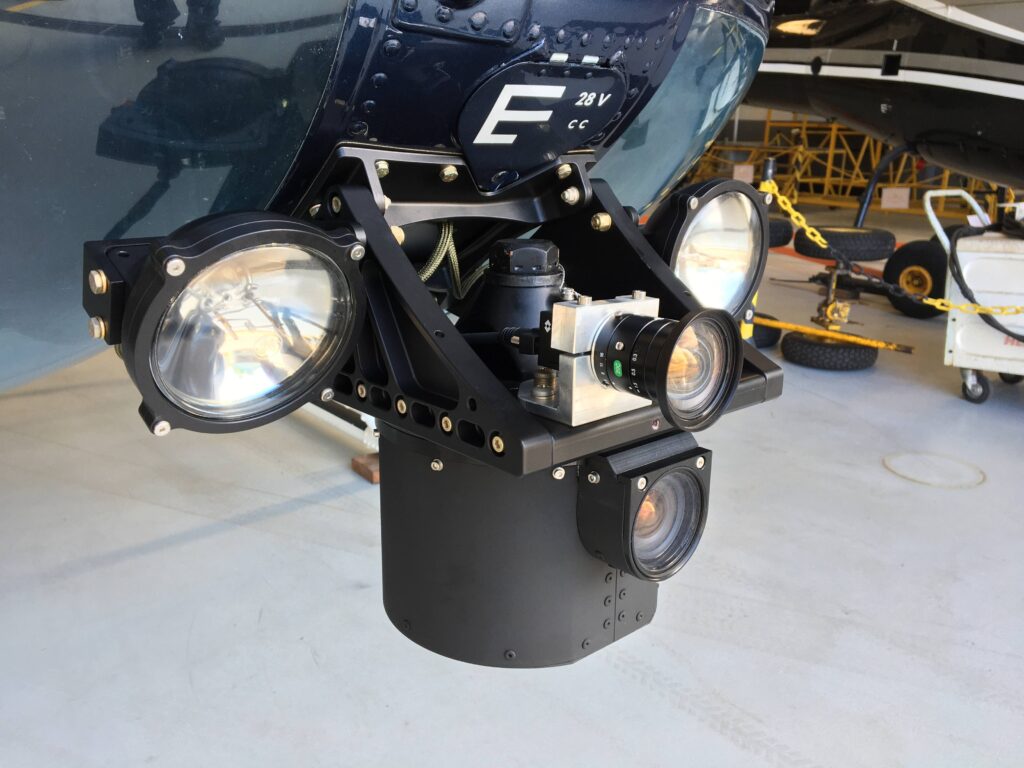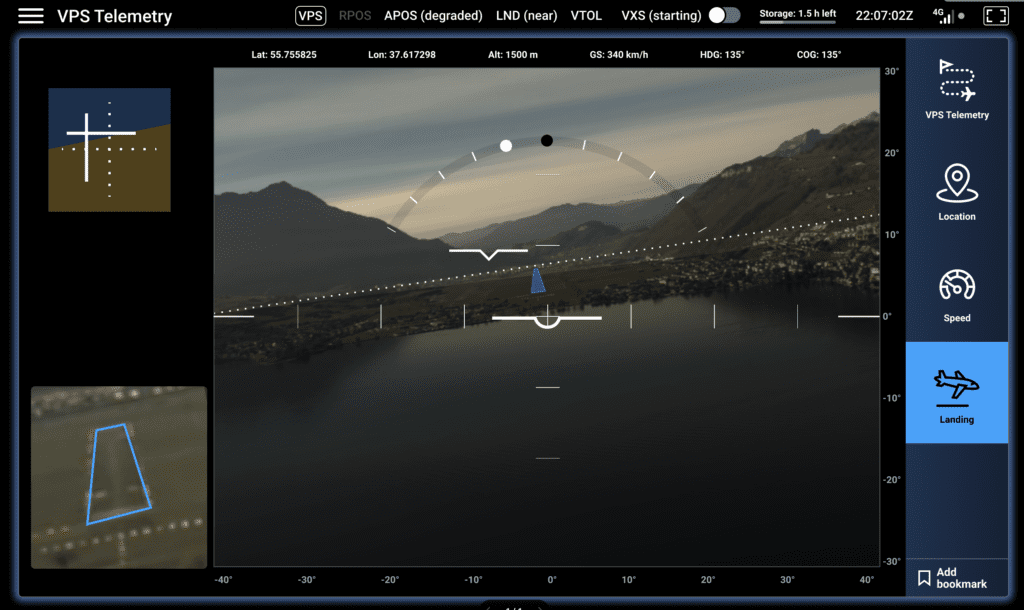Embraer, Eve, and Daedalean Test Systems for Autonomous Flight


Embraer completed multiple experimental flights in partnership with Eve Urban Air Mobility, Daedalean, Iris Automation, and Near Earth Autonomy to explore the use of autonomous technologies. (Photo courtesy of Daedalean)
Embraer and its subsidiary Eve recently completed a series of flights to test new autonomous system technologies, collecting data via piloted helicopters for Embraer’s Autonomous Systems project (Project EASy). Partners that contributed directly to this project include Iris Automation, Near Earth Autonomy, and Daedalean.
Eve’s co-CEO, Andre Stein, commented on the value of conducting these experimental flights, saying, “All information and data raised in this project, as well as the technical solutions under development, will set the path for fully autonomous flight of eVTOLs in the future,” in the company’s announcement.
The CEO of Daedalean, Luuk van Dijk, commented on their participation in this project as well as the company’s unique offerings. Based in Switzerland, Daedalean creates autonomous piloting software systems to implement in general aviation and future advanced air mobility (AAM) aircraft. “When UAM [urban air mobility] overcomes all the challenges it is facing—technological, regulatory, public acceptance, air traffic management, physical infrastructure—it is expected to become a hundred-billion-dollar market,” he explained in an emailed statement to Avionics. “But there are three problems that block it from becoming a sound business case: safety, economics, and capacity.”

Embraer’s Autonomous Systems project (“Project EASy”) uses the agile testing process for developing solutions to support the future autonomous aviation industry. (Photo, courtesy of Eve)
These three challenges can be overcome through autonomous flight control, stated van Dijk. “Autonomy could be an excellent tool for assisting and supporting pilots, helping them to detect potential collisions and land more safely,” he remarked. In addition to increasing safety, autonomous piloting systems will significantly reduce costs and also address the problem of pilot shortages.
Luuk van Dijk and the team at Daedalean view autonomy as the key enabler for the future AAM industry. “To fly air taxis or smaller cargo transports at a higher density at an equal or better level of safety, with human-human pilot-ATC communications over a voice channel, the system today can tolerate maybe 10 or 20 aircraft over a large city,” he explained.

A screenshot of Daedalean’s camera-based landing guidance solution (Photo courtesy of Daedalean)
Daedalean’s solutions for visual traffic detection and camera-based navigation and landing guidance are unique in that they are based on input that is purely visual, said van Dijk. Though Daedalean’s systems can work with GPS, ADS-B, and ILS when available, they are capable of functioning without them. “Our system is the only one that can create situational awareness that, until now, was only possible for a conscious human being with working eyes and visual cortex,” he noted. “As we gather more and more data, improvements in the accuracy of all functions are continuous, especially when it comes to below-horizon traffic detection.”
Daedalean entered into a partnership last year with company Avidyne to introduce a new cockpit vision system. Daedalean contributed its artificial intelligence-based software to Avidyne’s avionics system, called PilotEye.
The solutions created by Daedalean were optimized for the experimental flights conducted by Embraer and Eve, intended to enable operation of autonomous aircraft in complex urban airspace. According to the announcement from Eve, they collaborated in exploring “nominal and edge-case scenarios for take-off, climb, cruise, approach, and landing flight phases.”
Head of Autonomous Systems at Embraer, Julio Bolzani, commented that the data collected from these flights will be used in future simulations. Embraer was also able to evaluate multiple technologies for autonomous flight in real-time. Bolzani added, “We are not going straight to fully autonomous operations. As Eve begins operations, pilots will be on board and will also benefit from the application of these technologies through a safer and simplified vehicle operation until we reach a fully certified autonomous flight system for Urban Air Mobility.”
The post Embraer, Eve, and Daedalean Test Systems for Autonomous Flight appeared first on Aviation Today.
—————
Boost Internet Speed–
Free Business Hosting–
Free Email Account–
Dropcatch–
Free Secure Email–
Secure Email–
Cheap VOIP Calls–
Free Hosting–
Boost Inflight Wifi–
Premium Domains–
Free Domains





